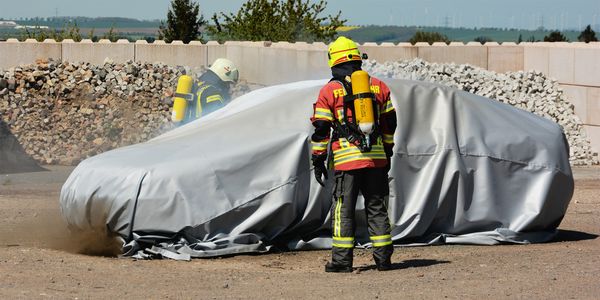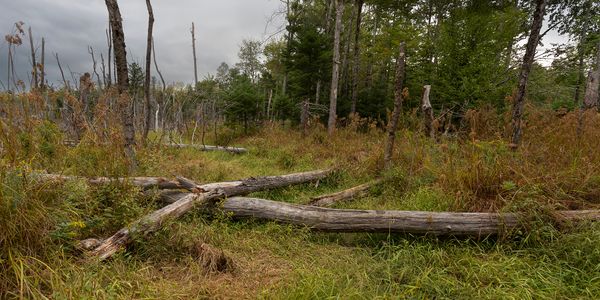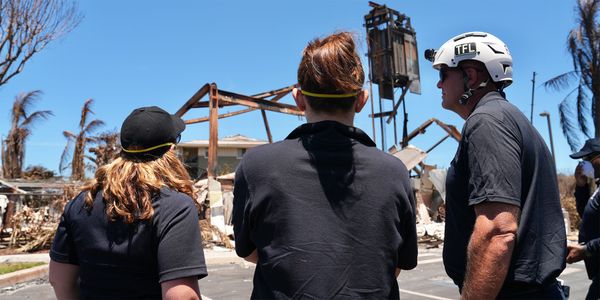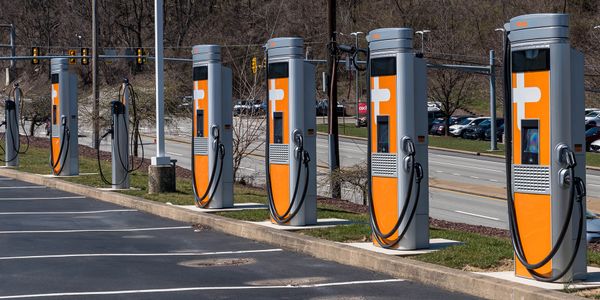Fire and EMS
Be prepared.
Be informed.
Be safe.
Fatalities reported in 2025

College Campus Fire Safety
For most college students, the last time they learned about fire safety was in grade school, but with new independence come new responsibilities. Both off-campus and on-campus students need to be aware of their fire risks and how to mitigate them.
Tips to share:
On-campus housing:
- Cook only where it is permitted.
- Never disable or remove batteries from smoke alarms.
- Find the 2 closest exits from your room.
Off-campus housing:
- Never sign a lease until you have seen the apartment or housing.
- Make sure there are working smoke alarms in every sleeping room, outside each separate sleeping area and on every level of the rental.
- Do the upper levels of the building have at least 2 sets of stairs inside and/or a fire escape?
Community Risk Reduction
Pool and Swimming Safety
Drowning is the leading cause of unintentional death among children ages 1-4.
Summer outings often include time spent around water. Drownings happen quickly and are often silent. Fire departments can help get pool and swimming safety messages out to their communities to prevent these tragedies.
Share these safety tips to help keep community members safe in and around water.
National Fire Data Center
Final Date for NFIRS: Jan. 31, 2026
days remaining
NFIRS will sunset in February 2026 and will no longer be available. Learn about key points and dates in the NFIRS sunset and transition to NERIS for fire-based, all-hazards incident reporting and analytics.
Research
Guide to funding alternatives
Updated November 2023
This comprehensive resource tackles the challenges faced by EMS agencies and fire departments, providing vital information on funding sources, grants and alternative revenue options.
Fire/EMS Training
Invest in yourself
The National Fire Academy has the courses to help you meet your professional development goals and reduce all-hazards risks in your community. The courses you take through the NFA can be considered for college credit.
Search
Tasks
Let the U.S. Fire Administration help you with your mission to keep your community safe from fires and other emergencies.
New content for fire and EMS
Emergency Response to Electric Vehicle (EV) Incidents
Read about the trends, growth and challenges in the newly released Electric Vehicle Fire/Rescue Response Operations Guide.
Read the articleUrgent Safety Advisory on Hazards Involving Fire Blankets for Electric Vehicle Fire Suppression
Read the research conducted on the risks of fire blanket use on EV fire suppression efforts.
Read the articleHow deadfall from windstorms can affect wildfire behavior
Read the recommendations for emergency responders and land managers to prevent wildfires after windstorms.
Read the articlePhase 3 report on Lahaina fire released
Read the latest report that details priorities and recommendations that can begin to be implemented to prevent tragedies in the future.
Read the articleRethinking emergency medical services staffing and delivery
Read the recommendations based on patient outcome data from peer-reviewed studies on the impact of response times and EMS staffing levels.
Read the articleElectric vehicle charging stations: Enhancing safety for responders and the public
Read about how DHS is helping change the code and increase safety for first responders.
Read the article





